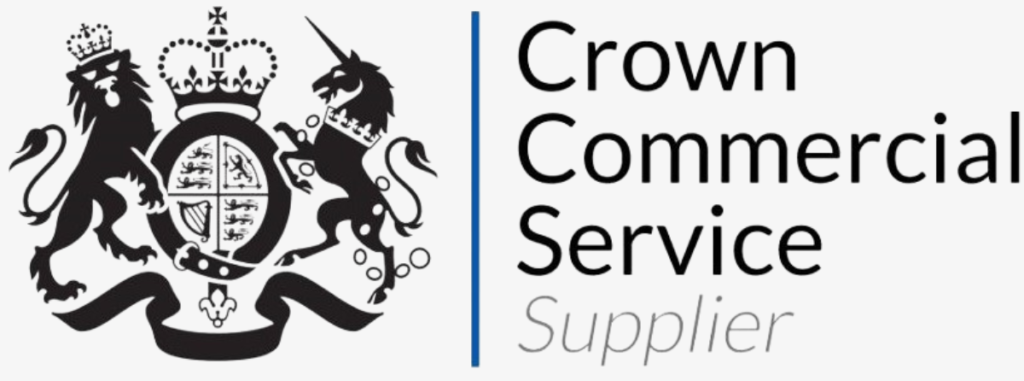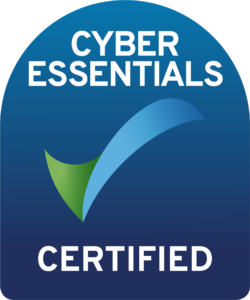
HaloITSM Guides
Documentation to assist with the setup and configuration of the HaloITSM platform
Halo In-App Dashboard
In this guide we will cover:
- Creating an In-App Dashboard
- Widget Types
- Adding Widgets
- Customising Widgets with Custom CSS
- Setting a Dashboard on the Home Screen
- Money Widgets
- Configure Charts within Dashboards
Admin Guides:
Related Guides:
Dashboards in Halo collate data in the system into one area in a user friendly way. Providing your agents with an accessible way to view key metrics. For example, you could create a dashboard containing your agent's current KPIs along with their monthly targets so you can see how on track they are at a glance, or the current statistics for tickets logged to your service desk.
Fig 1. Dashboard Example
Creating an In-App Dashboard
Go to Configuration > Reporting > Dashboards and add "New". Enter the name in the "Dashboard Name" field, and the "Dashboard Type" will be "In-App".
Fig 2. Details tab on a dashboard.
Widget Types
Report Data
Displays the table from a report.
Report Chart
Displays the chart from a report. Upon selecting this, only reports with charts added will show in the dropdown.
Note: You can configure new charts from this screen, however configuring it on the report is recommended.
Report Counter
Counts rows of data, or sums a column from a report. This has a drill-down when clicking on the counter.
Ticket List
Shows a list of tickets based on ticket area, filter profile, lists, team or agent. Tickets in this list can be opened, sorted, filtered and bulk actioned from the widget. As of v2.186.1+, you can use the "Reporting period filter Field" to choose a date field. This date field will be used when filtering the reporting period at the top of the completed dashboard.
Ticket Calendar
Shows a Calendar view of tickets within a ticket area, view and filter profile that have a start and end/target date set on them. As of v2.186.1+, you can use the "Reporting period filter Field" to choose a date field. This date field will be used when filtering the reporting period at the top of the completed dashboard.
Ticket Kanban
Shows a Kanban view of a ticket area, view and filter profile by their status. As of v2.186.1+, you can use the "Reporting period filter Field" to choose a date field. This date field will be used when filtering the reporting period at the top of the completed dashboard.
Ticket Gantt
Shows a Gantt view of a ticket area, view and filter profile that have a start and end/target date set on them. As of v2.186.1+, you can use the "Reporting period filter Field" to choose a date field. This date field will be used when filtering the reporting period at the top of the completed dashboard.
Ticket List Counter
Shows a list of tickets similar to the Ticket List widget, and shows a count of the number in the list. Clicking the counter takes you to the full list in the relevant area. As of v2.186.1+, you can use the "Reporting period filter Field" to choose a date field. This date field will be used when filtering the reporting period at the top of the completed dashboard.
Feature Menu
Displays the normal home screen feature menu and highlights all of the buttons for areas within Halo that the agent has permissions to.
Activity Feed
Displays the normal home screen activity feed.
News Articles
Displays the ten most recent news articles.
Custom HTML
Input your own HTML.
Iframe
Displays a URL within the widget.
Adding Widgets
In the "Layout" tab is where you can add the widgets to create your Dashboard. Click on "Add Widget" to add a new one.
Fig 3. "Add Widget" button in Layout tab of a dashboard.
You can then choose a name for your widget, and the type you wish to create.
Fig 4. Add Widget configuration.
With the configuration in Fig 4 as "Report Data", upon saving my widget will look like this. You can use the pencil icon or bin icon to edit or delete the widget. The bottom left shows the number this widget corresponds to, which is used if you wish to use custom CSS on the widget. The bottom right has a small arrow icon which can be used to drag and adjust the size of the widget.
Once you have added all your widgets, you can drag and drop and change the sizes of the widgets so they display how you want them to appear on the Home screen.
Fig 5. Report Data widget on a dashboard.
The report can be shown as a "Report Counter" also.
Fig 6. Report Counter widget on a dashboard.
The widget can show the chart set on the report with the "Report Chart" type.
Fig 7. Report chart widget on a dashboard.
You can enable the setting "Auto-size the chart to fill the widget". When you are re-sizing the widget for your dashboard, this will automatically re-size the chart within, improving appearance.
Fig 8. Auto-size the chart to fill the widget checkbox.
Customising Widgets with Custom CSS
To change the colour of the widget, you can use Custom CSS colours to achieve this. We can make the background and text colour for Widget 1 blue using the following script.
#widget-1.widget{
color: blue;
background-color: #0eb3f3
}
Note: Ensure that you have the correct widget number within the first line where mine is set to "#widget-1".
Fig 9. Custom CSS for color on the widget.
Once saved, the report data widget will show like this.
Fig 10. Report data widget with a blue background.
Setting a Dashboard on the Home Screen
A global level setting with a agent level override can be used to show an in-app dashboard on the home screen. This replaces the usual home screen from the feature menu and below with your chosen dashboard. This can be found under Configuration > Reporting > General Settings.
Fig 11. Dashboard to show on the home screen general setting.
This can be overridden per agent by clicking their profile picture in the top right > My account, or Configuration > Teams & Agents > Agents > selecting their profile. In the "Preferences" tab > Home Screen dropdown, the agent can set a dashboard.
Fig 12. Dashboard to show on the home screen setting on the agent profile.
The dashboard set there will then appear on the home screen.
Fig 12. Dashboard on the home screen.
Money Widgets
Using the "Report Counter" type and either "Sum a Column" or "Average a Column", will allow you to set the format as "Money".
As of v2.179.1+, you can override the default currency, and choose whether to have trailing zeroes. By default, this will be set to include trailing zeroes and your global default currency.
Fig 14. Selecting type "Money" on a report counter widget.
For example, "Include trailing zeroes" set to "Yes". If the figure includes decimals, it will either show or hide them. If the figure is round, it will add or remove ".00" to the figure.
Fig 15. Including trailing zeroes.
Or set to "No".
Fig 16. Not including trailing zeroes.
Overriding the currency with "$"
Fig 17. Overriding default currency.
Overriding currency with a space before "$".
Fig 18. Overriding default currency with a suffix.
Overriding currency but leaving the textbox blank.
Fig 19. Overriding currency to be blank.
Access Control
At the top of the page upon saving, the "Access Control" button will appear. This allows administrators to grant other agents access to edit that specific dashboard. This is useful so that the agent does not have to ask the administrator to change it for them, especially if it is one that is being used for a certain team.
Fig 20. Access Control on a dashboard.
Configure Charts within Dashboards
It is also possible to configure charts directly within dashboards without adding it to the report. Upon selecting the "Report Chart" type, you can then select to "Configure a new chart".
In the following dropdowns, you can then configure the chart.
Upon saving, the chart will not appear straight away as it does with charts added to reports. You will need to save the dashboard itself for it to populate. This can make it a little harder if you are not used to this method, so taking charts from reports is still the recommended method.
Fig 21. Chart configuration within a dashboard widget.
Popular Guides
- Asset Import - CSV/XLS/Spreadsheet Method
- Call Management
- Creating a New Application for API Connections
- Creating Agents and Editing Agent Details
- Departments and Teams
- Halo Integrator
- Importing Data
- Multiple New Portals with different branding for one customer [Hosted]
- NHServer Deprecation User Guide
- Organisation Basics
- Organising Teams of Agents
- Step-by-Step Configuration Walk Through



